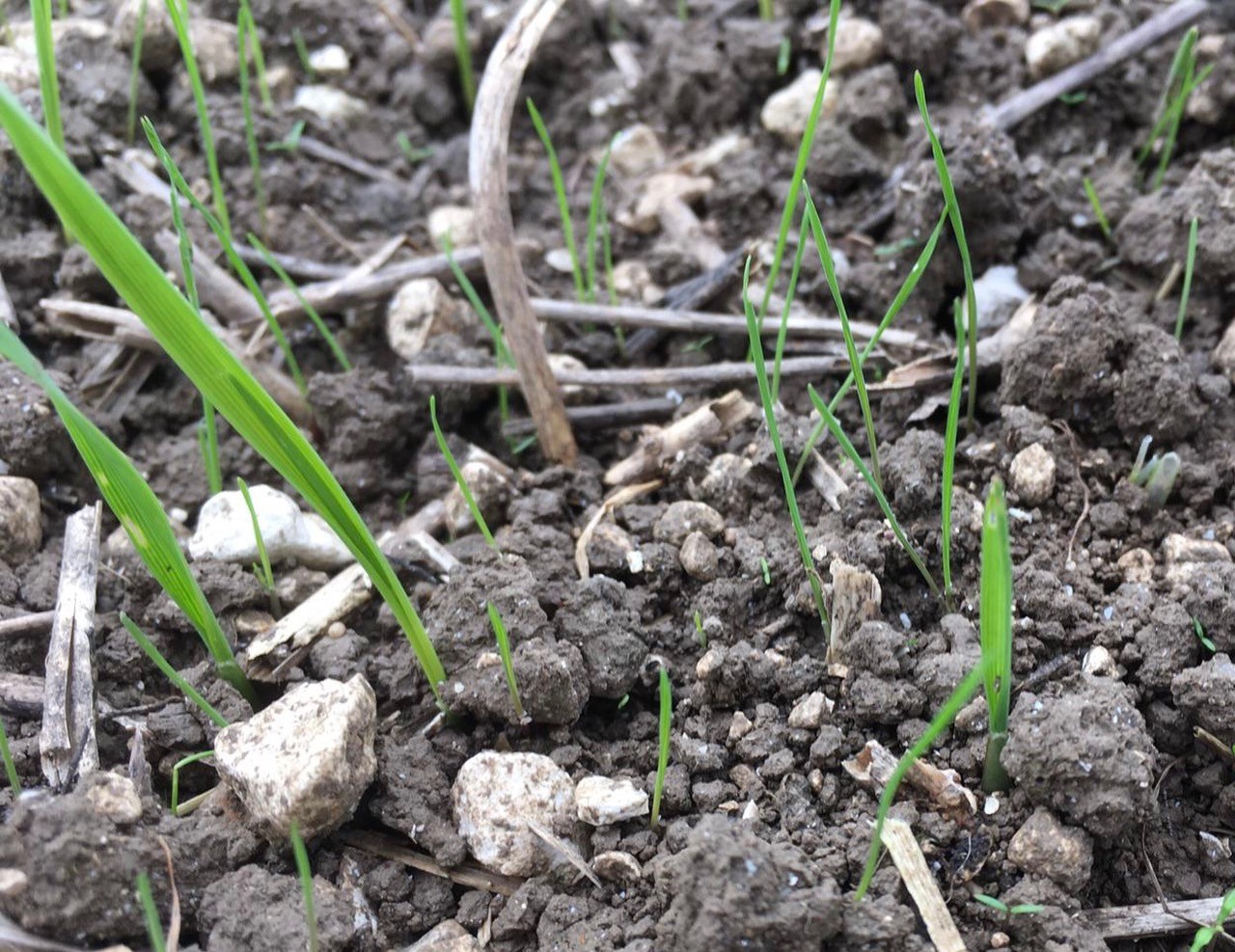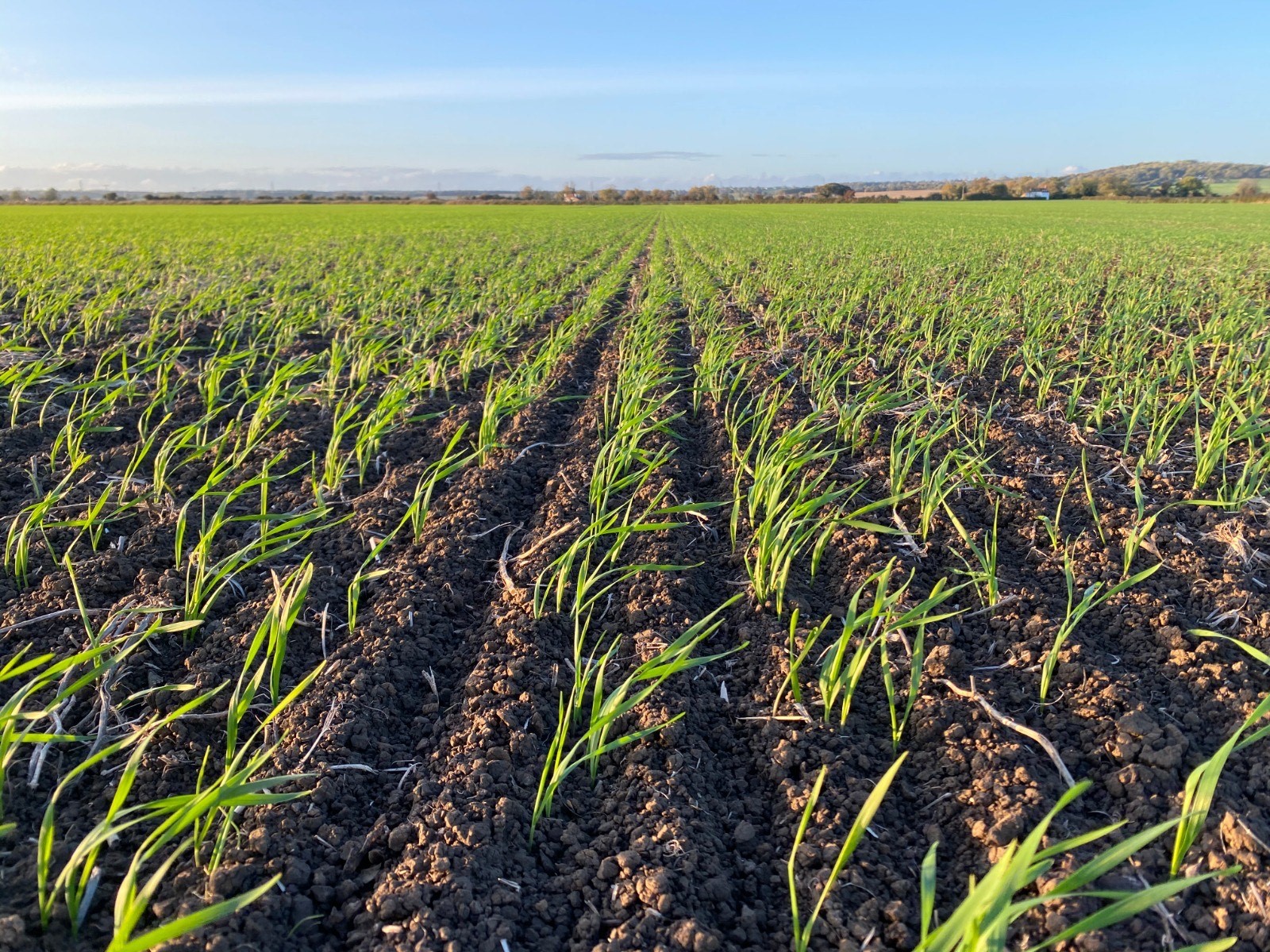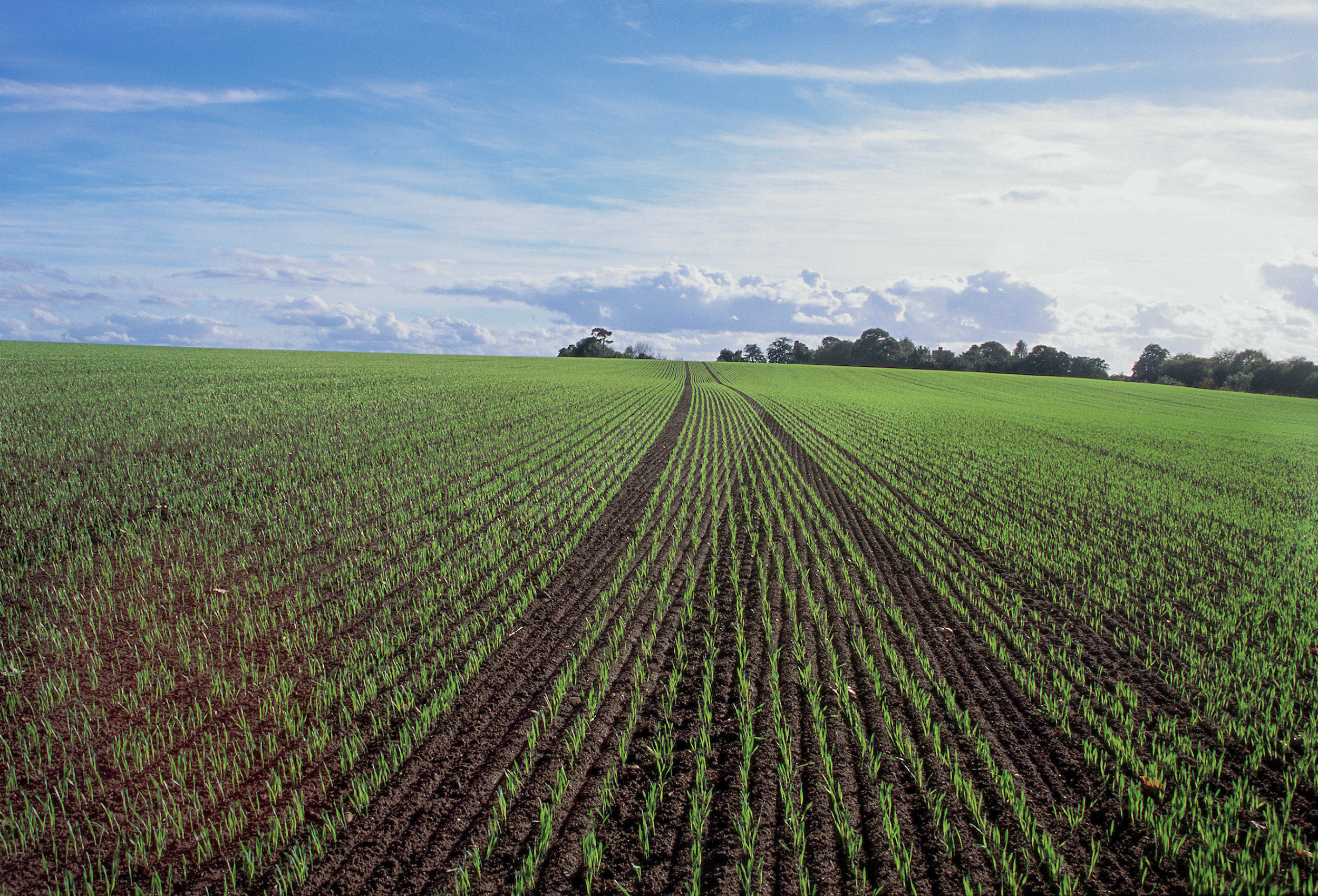2018 - The Importance of Machine Hygiene
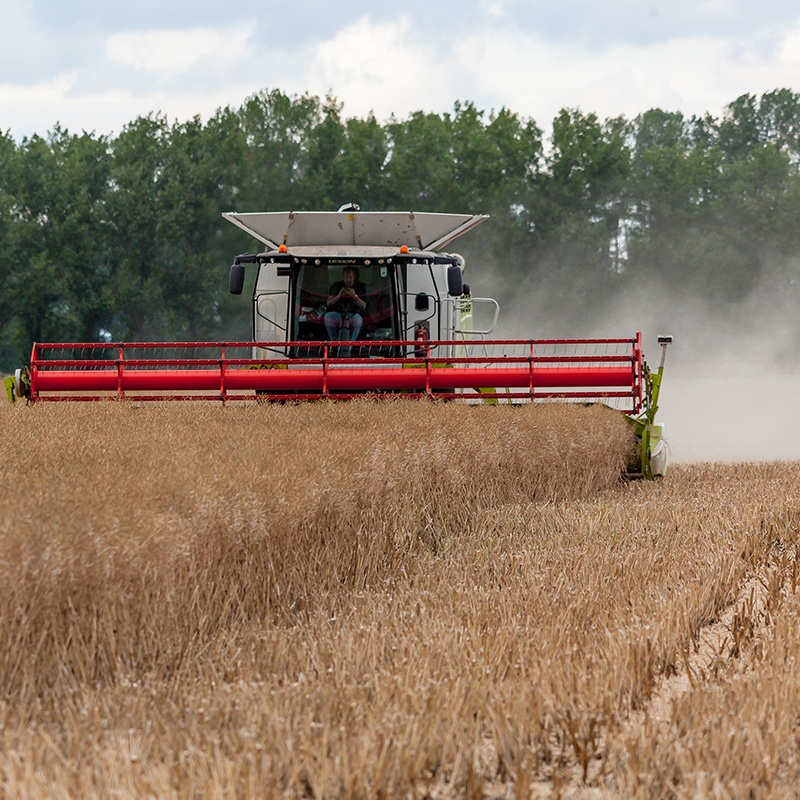
One of the most effective ways of preventing the spread of black-grass from one field to another, or from one farm to the next, is to maintain a strict machinery hygiene regime. In fact, it could be argued that there is little point of going to the time and cost of trying to eradicate the black-grass seedbank through chemical, rotation and cultural control, only to subsequently introduce a fresh reservoir of seeds on contaminated machinery.
Keeping tractors, sprayers and implements free of weed seeds is a very simple way of minimising the spread of weeds: where a contractor or hired-in equipment is used to cultivate, manage or harvest the crop, it is not an unreasonable request to demand that all kit is thoroughly decontaminated before it is brought onto your land.
Using compressed air is an excellent way of removing lodged seed from tight spaces, while harvesting the worst-affected areas last can reduce the risk of spreading black-grass (and fungal diseases) into cleaner fields. Where there is a risk of straw or manure acting as a source of contamination, it is prudent to err on the side of caution and to minimise their use.
Tips from the farm:
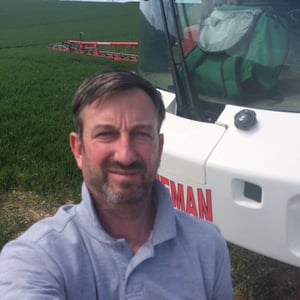 “I would say the easiest way of reducing the risk of seeds being spread from one field to the next is to plan your logistics so that the cleanest fields are worked first, with the dirtiest fields left until last to minimise the transfer of seeds.
“I would say the easiest way of reducing the risk of seeds being spread from one field to the next is to plan your logistics so that the cleanest fields are worked first, with the dirtiest fields left until last to minimise the transfer of seeds.
Whenever necessary, I wash off any debris or organic matter with a pressure washer (I have one on the sprayer) paying particular attention to the axles and any ledges that seeds may lodge on. We also wash off the drill and cultivation equipment as required. We also have leaf blowers on the machines to blow any dry residue off.”
Iain Robertson, Assistant Arable Manager, David Foot Ltd., Dorset

“The main source of weed movement in machinery seems to come from harvest machinery. This means, we have become very reluctant to let harvest machinery from third parties onto the farm unless we know where they are coming from (i.e. only from farms with a low weed burden) and that they have been properly cleaned down. With our own machinery, we clean down between fields that have a high weed burden with leaf blowers and air compressors.
“One of the worst culprits are demo machines which hop from farm to farm without being cleaned down properly. Some farmers tend to think of demo machinery as a free resource, but in reality they then have the extra cost of dealing with weeds.
“My most effective technique for dealing with weeds at harvest is to leave the field untouched for a minimum of 10 days, or ideally 14 days, to allow any weeds to chit, or dry out and fail, or for birds to eat them. 2017 was the first year I tried this approach and it was pretty successful and cheap, but it’s a strategy which plays havoc with your nerves and patience!”
Alan Clifton-Holt, Romney Marsh, Kent
 United Kingdom
United Kingdom Select country
Select country


